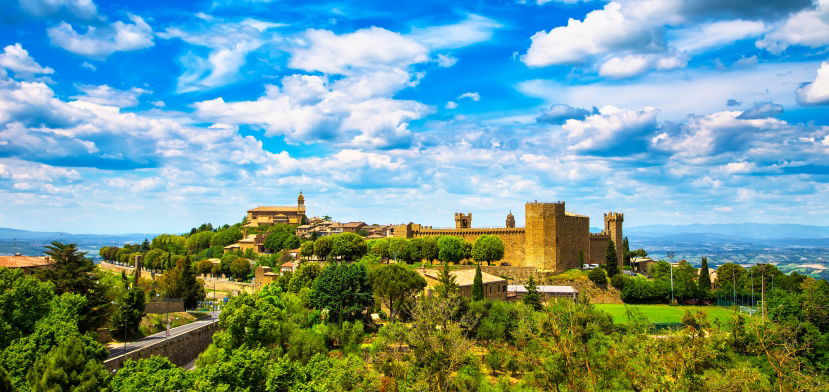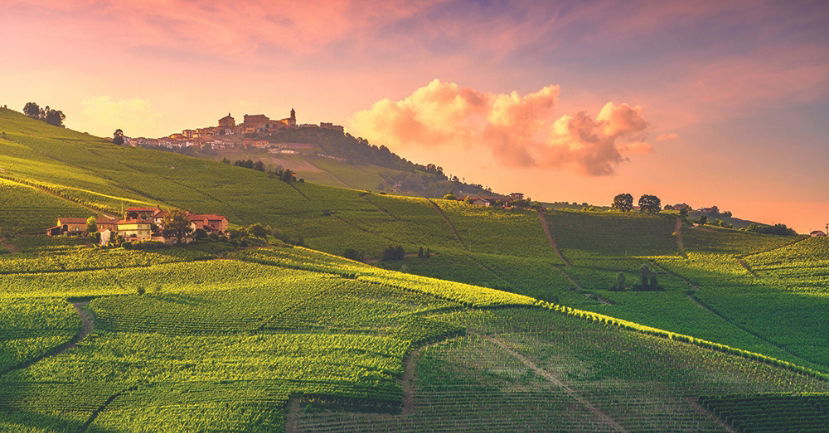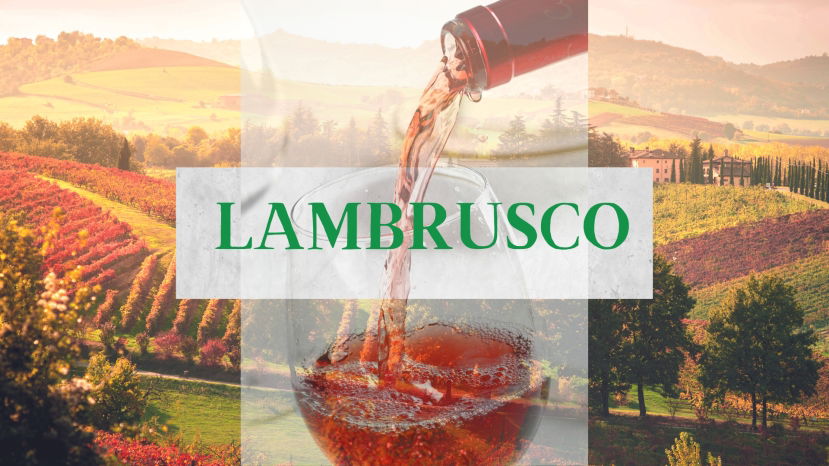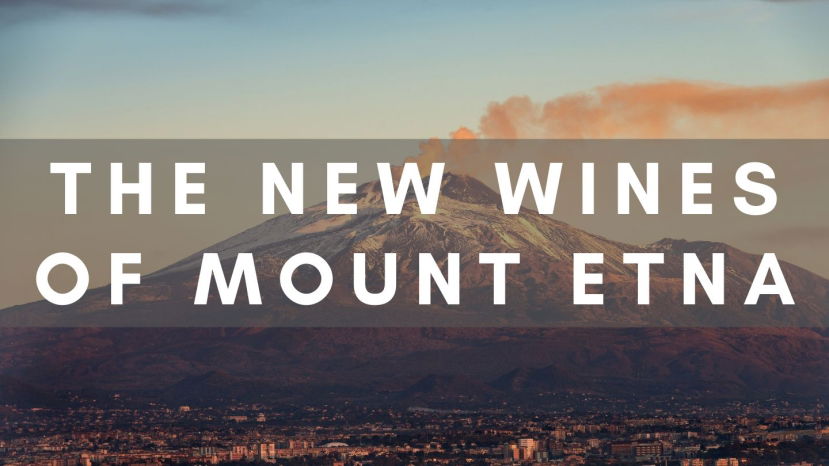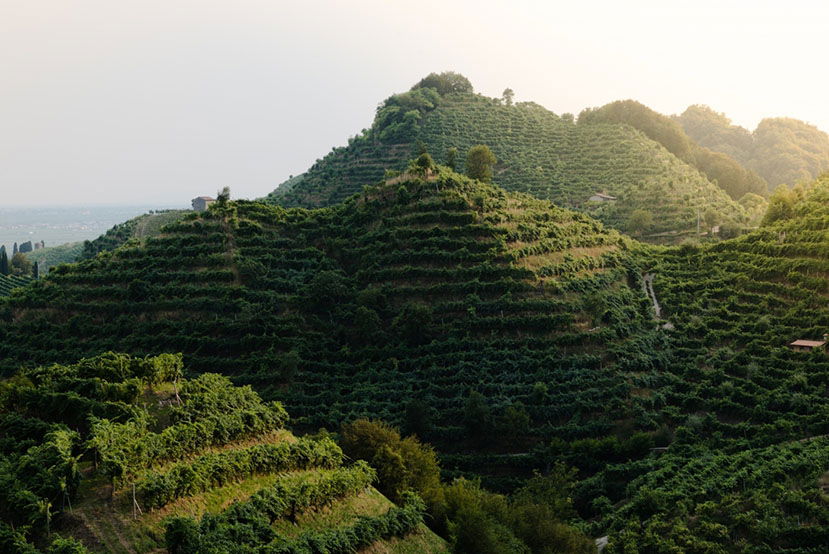BLOG
Italian Wine Regions
Summary:
Drinking and discovering Montepulciano (the grape) d'Abruzzo is like looking at a painter's palette, so many colors, so many shades and so many possibilities. Montepulciano is one of Italy's most versatile grapes that can produce terrific rosatos, quaffable reds for any occasion but also some of Italy's boldest and age-worthy wines, worth every sip.
Presenter: Ciro Pirone
When the Consorzio Brunello di Montalcino was established in 1967, one year after the wine received DOC status (it became one of the initial DOCG wines in 1980), there were only twenty-five members. Today, there are more than two hundred Brunello producers; given the reputation of this wine for its ability to age for twenty-plus years in the finest vintages, this is hardly surprising.
How to Watch
You can watch this 2-part series on our community platform here
Summary
What is modern Barolo? In this fascinating deep-dive, Piemonte specialist Nelson Pari joins us in the WSG studio to answer exactly that — and the answer might surprise you. From the
Summary:
The province of Irpinia represents the heart of the Campanian wine industry. On the map, this is the province of Avellino, but vintners here refer to this territory by its ancient name of Irpinia. From this land, some of Italy's most complex and longest-lived whites wines, such as Fiano di Avellino and Greco di Tufo are produced, while Coda di Volpe and Falaghina are other local stylish whites. As for red wines of
Wine Scholar Guild is pleased to provide its readers with vintage and harvest reports for some of Italy’s most famous regions, from 2010 onward. We felt it was time that we expand our assessment of vintages and harvest reports outside of France and Italy was first on our list. To compile this in-depth report, we reached out to Italian wine specialist Tom Hyland. Tom seemed like the perfect fit for this project, as he has been reporting on and promoting Italian wines for more than twenty years as a journalist, educator, and photographer. He has made more than 75 trips to wine regions throughout all of Italy from his home in Chicago. In that time, he has written for numerous publications, including Decanter, wine-searcher.com and most recently Wine Spectator. He has written two books on Italian wine: Beyond Barolo and Brunello (2013) and The Wines and Foods of Piemonte (2016). Tom has conducted seminars on Italian wine for the trade and public; over the past year, he has led more than two dozen webinars with Italian producers; among these were several for Wine Scholar Guild. He also served as US ambassador for Consorzio I Vini del Piemonte for five years. He is also an accomplished photographer, having been named Wine Photographer of the Year (Category: Places) in 2020 at the prestigious Pink Lady competition in England. Andrea Eby, Italian Programs Director, asked Tom to provide a short blog article describing how he went about compiling this fantastic resource. We hope you enjoy the article and find the vintage charts as useful as we do. As always, we look forward to your questions and comments!
Summary:
This fascinating webinar will focus on the ‘red hot’ wines of Sicily from regions such as Etna and Vittoria. Jimmy will cover how the very distinctive soils such as lava rock and limestone craft a wonderful array of elegant but complex styles of wine. Jimmy will set the scene by guiding you through the complex history of this large island, and through discovering the volcanic effect from Etna, Stromboli and Vulcano, he will explain how these volcanic soils craft
For as long as Italians have eaten good food, they have enjoyed good wine. The country is the world’s second-largest wine producer and besides a few hiccups after the fall of Rome, has been a consistent leader in viticulture for centuries.
Summary:
Join us as we delve into two of Italy's lesser-known Southern regions, Basilicata and Molise. Home to wonderful wines made using indigenous grape varieties, Basilicata and Molise are regions to keep on your radar.
In this WSG Live we will discuss the topography and climate factors as well as the denominations and producers that make these areas ones to watch.
Vineyards on the shores of Lake Garda
Did someone say Lake Garda? You had me at Lake! Those were my first thoughts when asked to visit the area close to Italy’s largest lake and home of the Lugana DOC.
Vineyard landscape in Marsala
Marsala, the fortified wine hailing from the sun-soaked hills of Sicily. A wine that embodies the rich tapestry of history and culture of an Island just a stone’s throw from mainland Italy. Having recently returned from visiting the region here is a brief introduction and exploration of one of the world’s most underrated wines.
“Andreeeeea! There is no plane from Napoli to Ancona!” This was the incredulous cry that I heard from my Campanian friends when I told them how I was leaving their beautiful region to visit Marche. They were sure that when I arrived at the terminal, that what I thought was going to be a plane would, in fact, turn out to be a bus. They were so adamant that no such flight existed that even I began to doubt the authenticity of the travel itinerary I had received. My relief was therefore clearly visible when I was able to check in for my evening flight to Ancona.
For much of the wine history of Abruzzo, large cooperatives established a perception that the region’s wines were pleasant and technically correct, but offered little in the way of excellence. Today, the image of Abruzzese wine has taken on a new light, as dozens of smaller producers are crafting more sophisticated offerings that not only display superior complexity, but also offer greater elegance and aging potential as compared with the typical wines of the past.
The Etruscans were the first to produce wine in northern Italy; beginning with wild varieties, they cultivated vines in Piedmont centuries before the Romans arrived. Nevertheless, it was the Romans who advanced commercial winemaking, significantly increasing the area under vine and using props, trellises and ‘Greek presses’ to dependably supply the empire’s domestic and trading needs.
On June 25th, London played host to a prestigious gathering of Italy's top wine producers, unveiling their flagship wines to the UK trade and press.
Sicily captivates wine enthusiasts and travellers around the world, an island that in recent years has become famous not just as a holiday destination (White Lotus fans can attest) but also for the growing production of high-quality wines.
Not all geographical indications (GIs) are created equal. Small ones are often associated with higher-quality wines, while broader, region-wide designations are generally reserved for more regular bottlings. Take Veneto, for instance. Names like Amarone della Valpolicella Classico, Soave Classico, and Conegliano Valdobbiadene Prosecco Superiore are more often than not found on more prestigious labels than the region-wide Veneto IGT, generally destined for more unassuming liquids.
Summary:
Lambrusco has a bad rap. Many wine drinkers dismiss it as simple sweet commercial fizz. And perhaps much of it was when it made its international debut in the 1960s and ‘70s. But that was a long time ago. And there’s much more to Lambrusco than many are aware.
In this webinar we will investigate the ancient origin of the Lambrusco family of grapes in an atypical growing area in the Po River valley, focusing on three of the most important, site-specific
Summary:
By examining Mount Etna's peculiarities, history, and modern practices we are able to learn why these inimitable volcanic wines have everyone talking about Sicily.
Presenter: Benjamin Spencer DipWSET
Benjamin Spencer is an award-winning American author, journalist, and the founder of the Etna Wine School, a wine consulting company on Mount Etna, in Sicily. After making
Taurasi, Southern Italy’s greatest red wine, has enjoyed a spectacular and highly distinctive history. The wine is capable of extremely lengthy cellaring, as examples from the 1940s and 1950s prove even today; in fact versions from the 1928 and 1934 vintages are still
This short article is a follow up to my webinar for WSG of 7th June, 2022. It is primarily a reference piece which aims to give more detailed information than the power point format allows. It includes full listings of the Rive sub-zones, terroir areas identified in studies of the Conegliano Valdobbiadene denomination and lists of producers currently bottling Rive wines.


